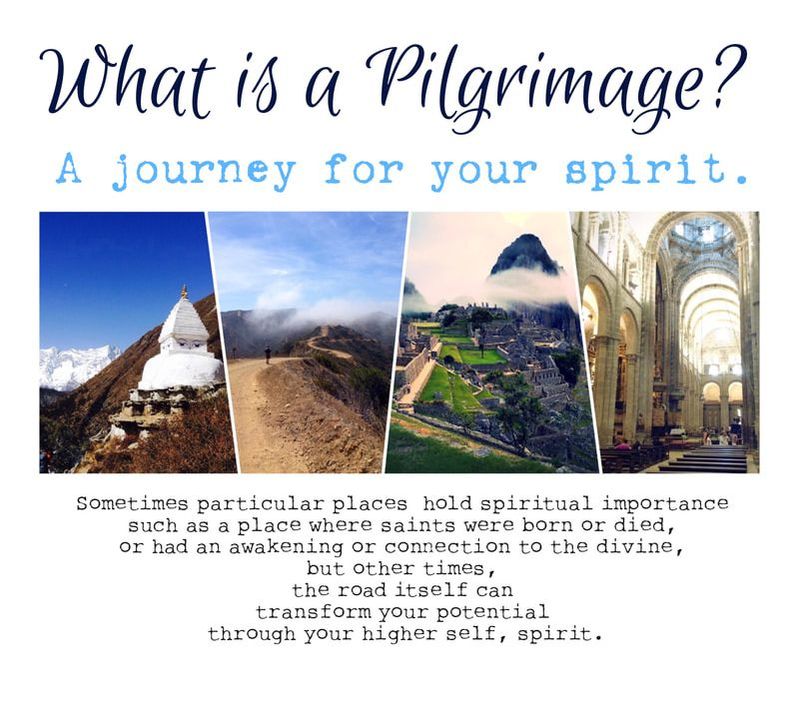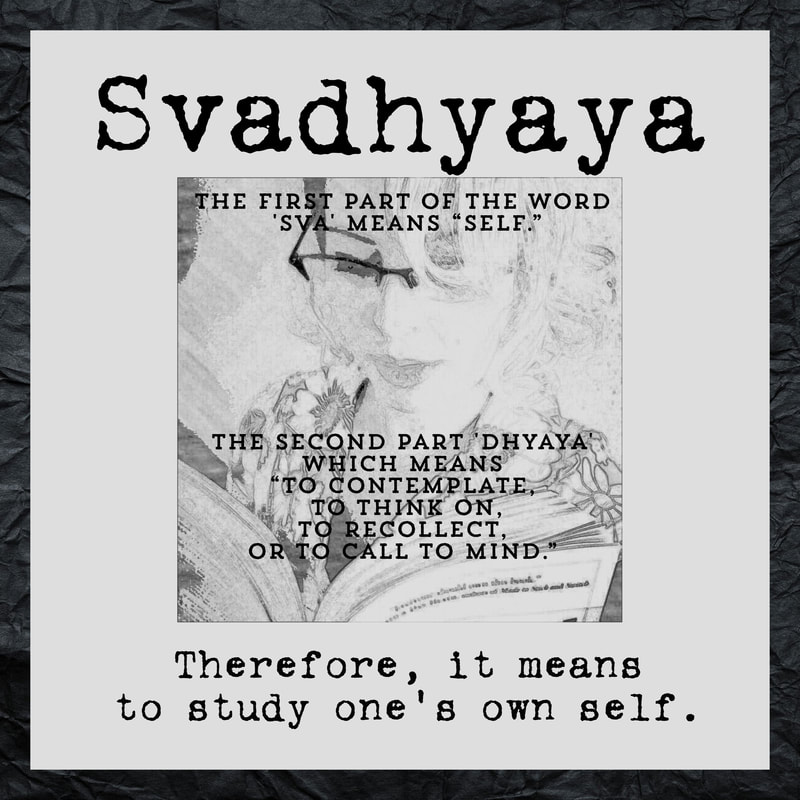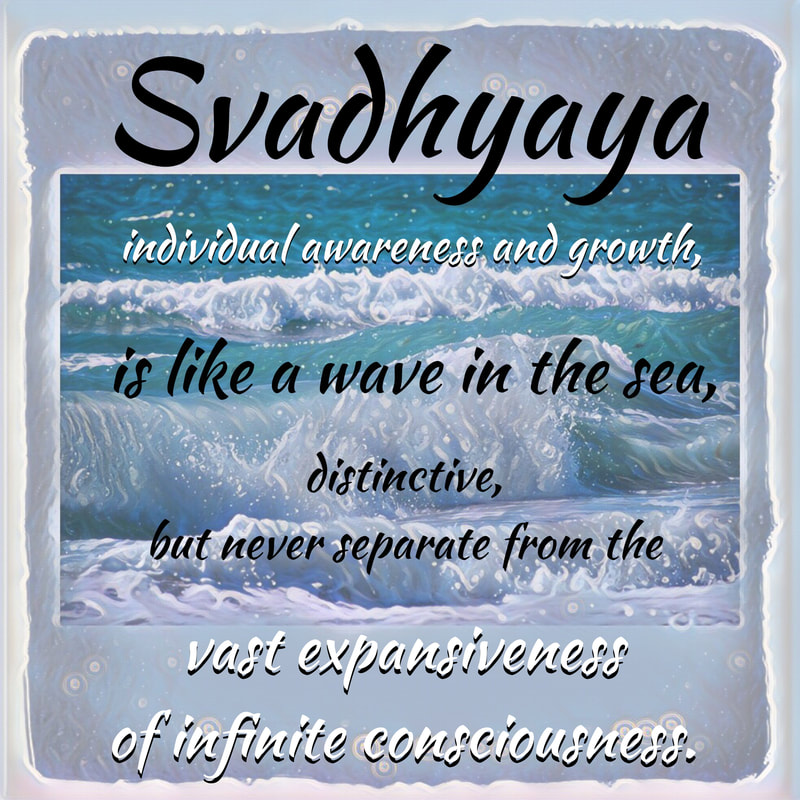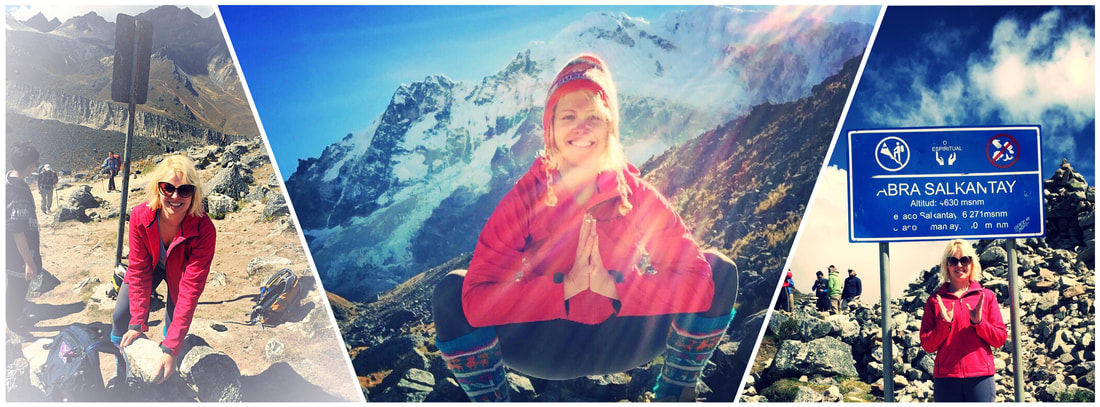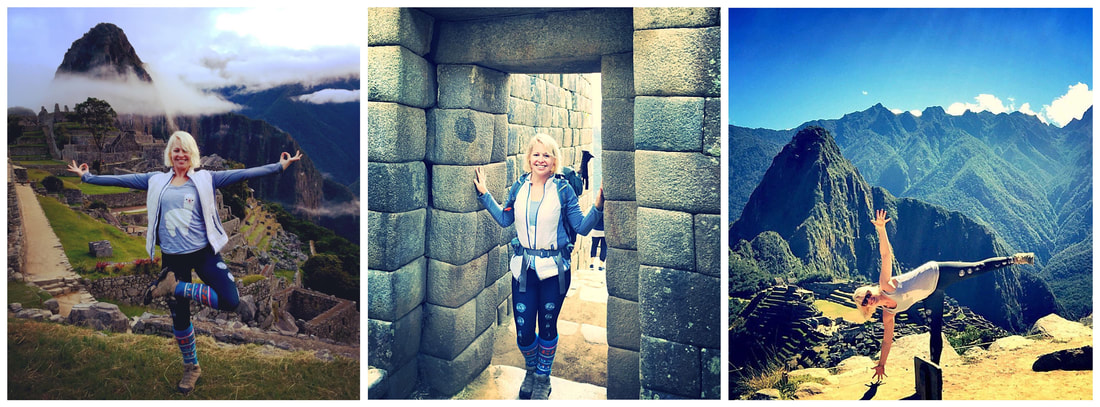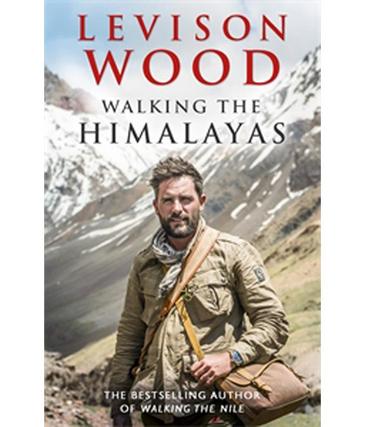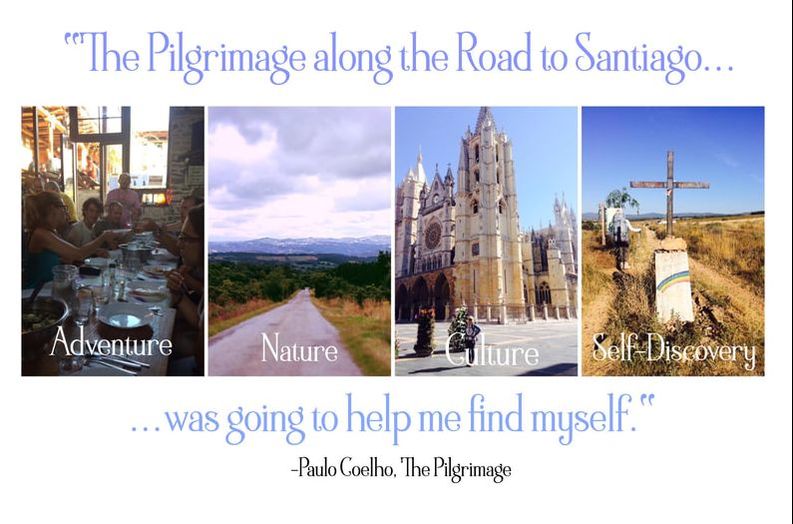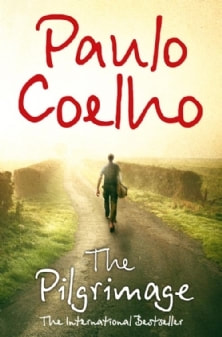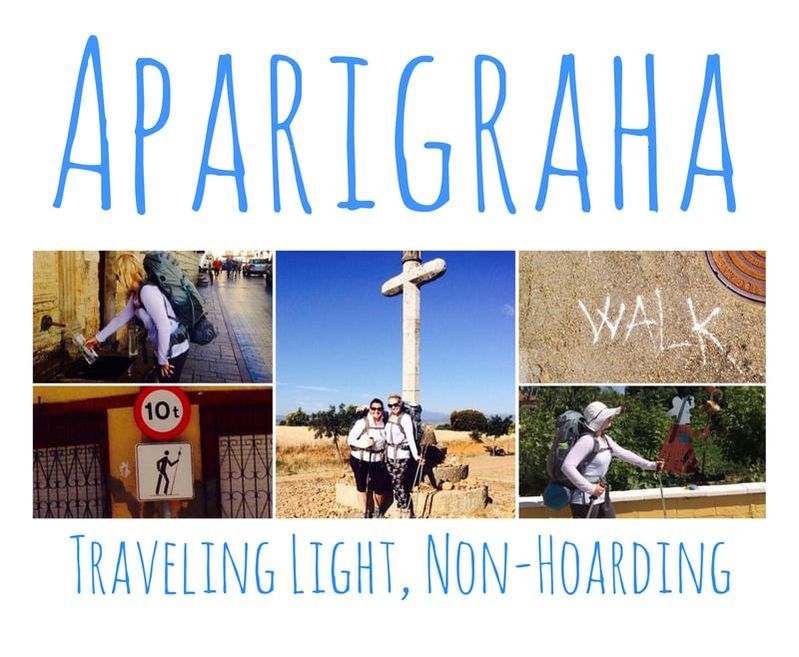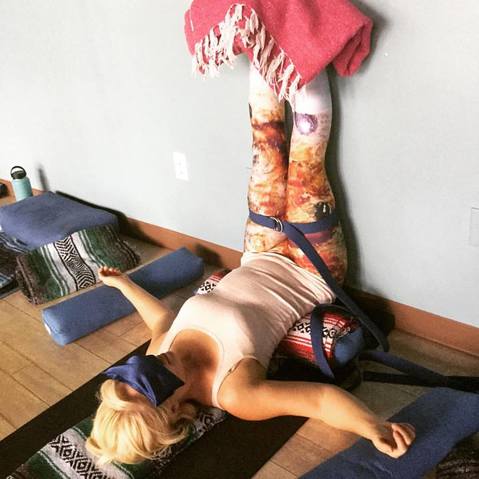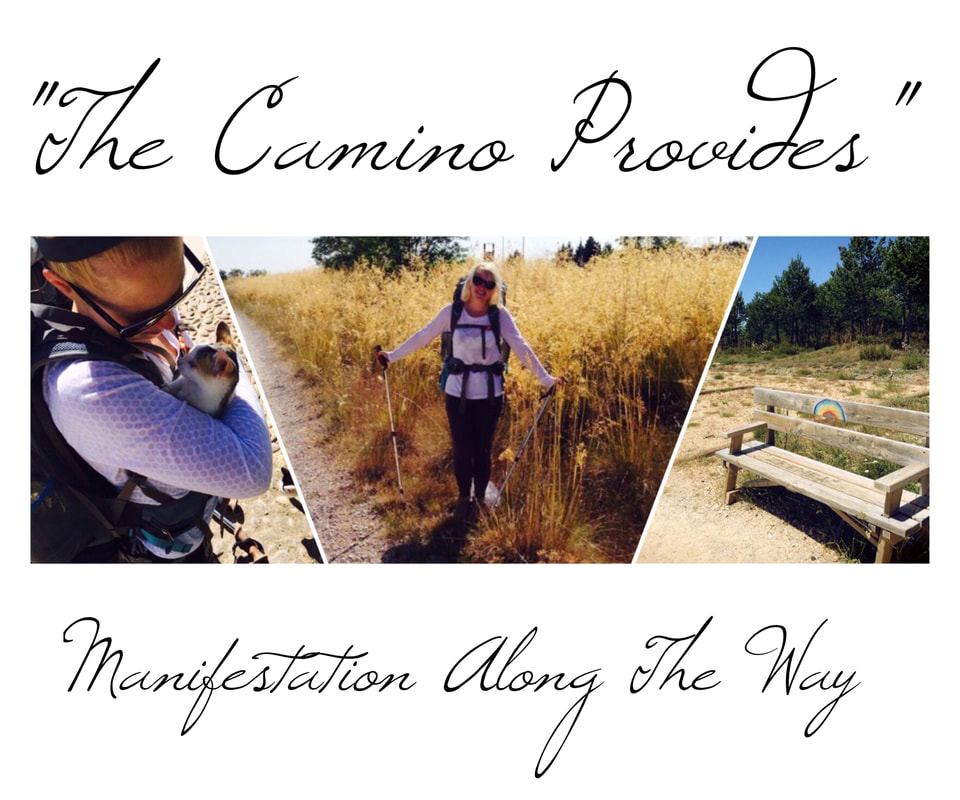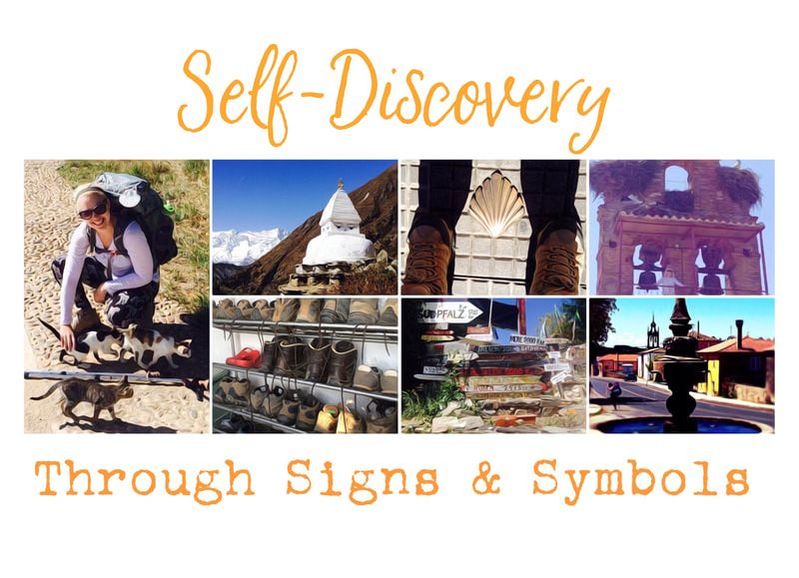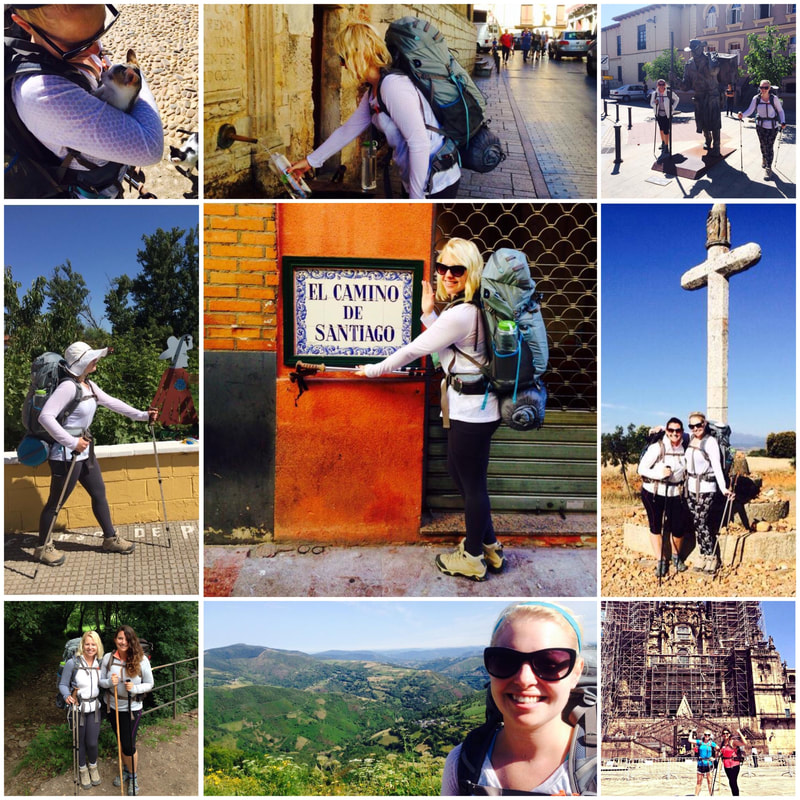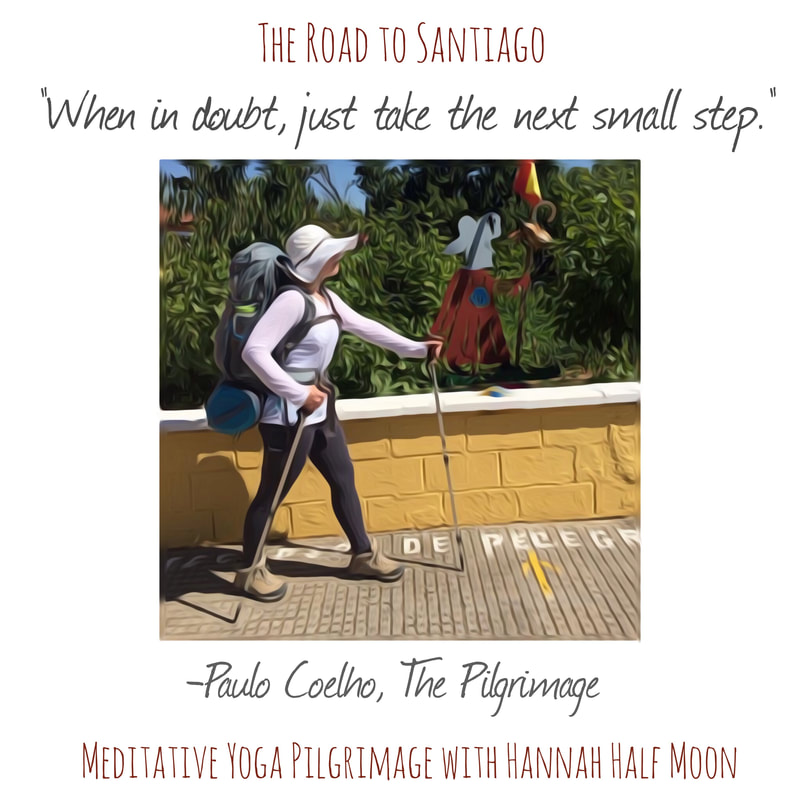A Pilgrimage is a journey for your spirit. Many religions attach spiritual importance to traveling to particular places: the place of birth or death of founders or saints, or to the place of their spiritual awakening, or of their connection with the divine, to locations where miracles were performed or witnessed, or locations where a deity is said to live, or any site that is seen to have special spiritual powers. These religious followers are encouraged to visit for their own spiritual benefit: to be healed, feel a magical presence, or to have questions answered. A person who makes such a journey is called a pilgrim.
Are you a pilgrim?
Are you a pilgrim?
As I mentioned, sometimes a pilgrimage involves traveling to a specific memorial destination, according to a set of specific religious beliefs, but sometimes this journey is simply the road itself to explore and transform into your own potential and to get in touch with your higher self, your spirit, with each step of meditation. In yoga philosophy, we call this kind of journey Svadhyaya. The first part of the word—sva—means “self.” The second part—dhyaya—is derived from the verb root dhyai, which means “to contemplate, to think on, to recollect, or to call to mind.” Therefore, it means to study one’s own self.
As the 4th Niyama in Pantajali’s Limbs of Yoga, it reminds us of the importance of learning both from our inner teachers and from other teachers. Svadhyaya concerns both self-study and the study of from our teachers in the past and present via spiritual texts and/or via live. Individual awareness and growth is like a wave in the sea, distinctive, but never separate from the vast expansiveness of infinite consciousness.
Are you on a spiritual journey to get in touch with the infinite consciousness, your higher self?
The past few year of my life have been a pilgrimage, as I’ve been consistently looking to explore and transform my own potential and connect with the bigger picture; I've found leaps of inner growth occur on multi-day trekking routes as journeys to holy places. The act of stepping and walking allows us to slow down and reconnect with nature in the form of earth, air, water, fire, and space, tune into our own bodies, notice our thought processes, develop courage, connect with others, encounter new situations that open our perspective, let go of past attachments, live in the moment, cultivate deep gratitude, and develop trust in the higher power.
The past few year of my life have been a pilgrimage, as I’ve been consistently looking to explore and transform my own potential and connect with the bigger picture; I've found leaps of inner growth occur on multi-day trekking routes as journeys to holy places. The act of stepping and walking allows us to slow down and reconnect with nature in the form of earth, air, water, fire, and space, tune into our own bodies, notice our thought processes, develop courage, connect with others, encounter new situations that open our perspective, let go of past attachments, live in the moment, cultivate deep gratitude, and develop trust in the higher power.
“When you travel, you experience, in a very practical way, the act of rebirth. You confront completely new situations, the day passes more slowly, and on most journeys you don't even understand the language the people speak.”
― Paulo Coelho, The Pilgrimage
In spring of 2016, I treaded the 4-day route to Machu Picchu via Mount Salkantay in Peru. Through an offering ceremony at Salkantay Pass, we took a moment to meditate on gratitude, with the mountains as a symbol for sources of life and water that sustains us. This pilgrimage filled my heart with warmth, joy, and an overwhelm of connectedness to Mother Earth.
You can learn more about these adventures on these blogs:
Dhyana on Apu Salkantay and The Element of Space at Machu Picchu.
“The boat is safer anchored at the port; but that’s not the aim of boats.”
― Paulo Coelho, The Pilgrimage
In March of 2017, I joined a Mosaic Adventures 13-Day Trek to Everest Base Camp on the Khumbu glacier. The whole of Khumbhu region is considered sacred and there are many caves and hermitages that are used by highly regarded teachers, and monks for meditation and svadhaya. Throughout history, pilgrims have been walking this trail to visit Buddhist Monasteries and monk memorials called stupas. Often times these memorials are covered in an ancient calligraphic text with unknown meaning. These memorials are meant to remind us to meditate and reconnect with our higher selves, just as the monks and pilgrims that came before us.
Tengboche Monastery is the leading Buddhist center in the Khumbu with a residing Rinpoche who blesses pilgrims and travelers to the area. We paused to meditate and receive these prayer chants. Through the intense conditions of this cold and high-altitude trek, I connected with the higher Self when I realized that all we need to stay alive and even happy, is to trust in our breath of life force, or Prana. You can read more on my blog about Survival and Prana.
Tengboche Monastery is the leading Buddhist center in the Khumbu with a residing Rinpoche who blesses pilgrims and travelers to the area. We paused to meditate and receive these prayer chants. Through the intense conditions of this cold and high-altitude trek, I connected with the higher Self when I realized that all we need to stay alive and even happy, is to trust in our breath of life force, or Prana. You can read more on my blog about Survival and Prana.
Levison Wood agrees that happiness lies in having to make do with your situation in his book, Walking the Himalayas,
“The simplicity, the lack of choice, of having to make do, that’s what happiness is all about.”
In the summer of 2014, I set off to hike 200 miles of the Camino de Santiago, The Way of Saint James from Leon to Santiago de Compostella in Spain. I decided that I wanted to make this trek for adventure, cultural awareness, observing nature, and self-discovery.
The Pilgrimage is a 1987 novel by Brazilian novelist Paulo Coelho. It is a recollection of Paulo's experiences as he made his way across northern Spain on a pilgrimage to Santiago de Compostela. This fascinating tale grasps the necessity to find one's own way. Part adventure story, part guide to self-discovery, this compelling interpretation carries the perfect combination of allure and insight.
During these two weeks of this self-study, I cultivated non-attachment through Aparigraha and became comfortable with few material things. Further, I learned how to take the time to care of my body through restorative yoga poses like Legs-Up-the-Wall for 30-60 minutes after each day of trekking.
My most sacred discovery on the Camino came in my increasing ability to trust in the Universe. There is a popular phrase along the Camino de Santiago, “The Camino Provides” which gradually became my mantra. When I longed for a bench to rest on, just over the next horizon a random bench would appear on the trail. When I desired a specific change in landscape, like tall yellow grass, that would also appear just over the next horizon. I realized the potential that we hold for manifestation, cultivating reality from our thought processes. You can read more about these lessons in my blog post: The Way of Aparigraha on the Camino de Santiago.
“When you are moving toward an objective…it is very important to pay attention to the road. It is the road that teaches us the best way to get there, and the road enriches us as we walk it's length”
― Paulo Coelho, The Pilgrimage
This road has a rich history in many different traditions and religions. Loaded with symbiology and spiritual lessons.
I’m excited to return in 2018 to uncover these concepts with you!
I’m excited to return in 2018 to uncover these concepts with you!
“The language of signs is our individual way of coming into contact with God. In order to learn this language, one's intuition must be developed. In order to develop intuition, one must not be afraid of making mistakes.”
― Paulo Coelho, The Pilgrimage
Sign up to join us
for this opportunity of a lifetime,
Meditative Yoga Pilgrimage and
Spiritual Trekking Adventure on
The Way: El Camino de Santiago!
for this opportunity of a lifetime,
Meditative Yoga Pilgrimage and
Spiritual Trekking Adventure on
The Way: El Camino de Santiago!
